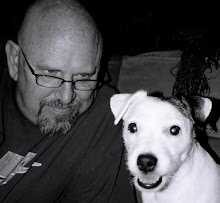
After peeling away all of what he could doubt, Descartes arrived at the turning point of his doubt. He then started his reconstruction of things once again. He concluded he was himself thinking.
He determined that the malicious demon, or God for that matter, could not make him think he was thinking when he was not. From this point forward Descartes determined that he existed. These were his fundamental propositions summed up in the Cogito - Cogito ergo sum, "I think therefore I am."
By the word "think" he meant all forms of conscious awareness. This is in fact the meaning of the Latin term "cogito". The term refers to perception in general. In other words, Descartes concluded, "I am consciously aware. Therefore I know that I must exist."
In the process of peeling away all the things he doubted, he determined that there was one thing he could be sure of and that was that he was conscious.
From this point forward he attempted to reconstruct a series of considerations which allowed him to put the world back together. Like cleaning out and rearranging an attic, Descartes had removed all the items and was now looking for a way to put things back in their place.
Therefore, the Cogito was the turning point for Descartes.
But it appeared that Descartes had painted himself into an inescapable corner yet he refused to remain there. He wanted out and he had to find something or some way to lead outside of himself.
The something he used was "God."
From this point forward with the help of "God" Descartes began his work of reconstruction.

